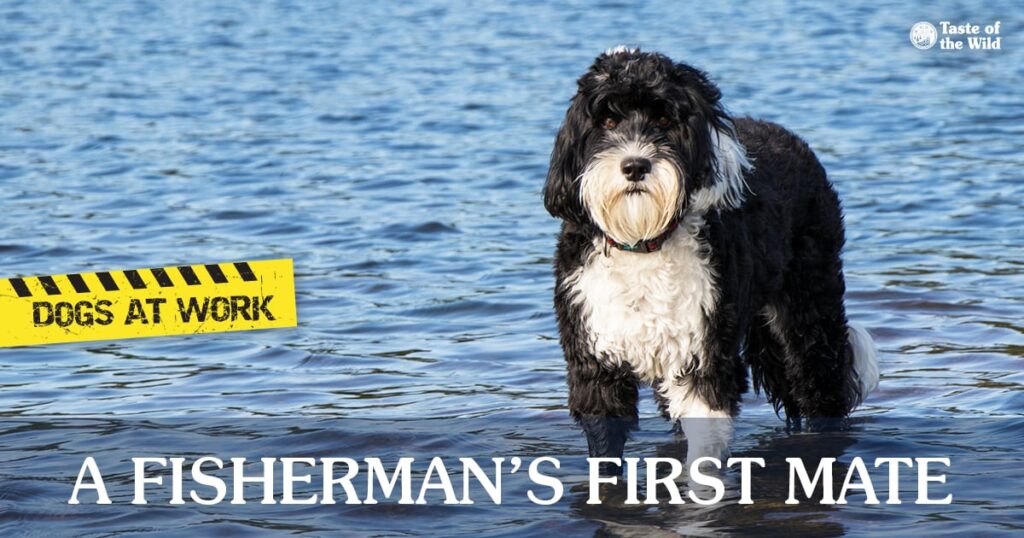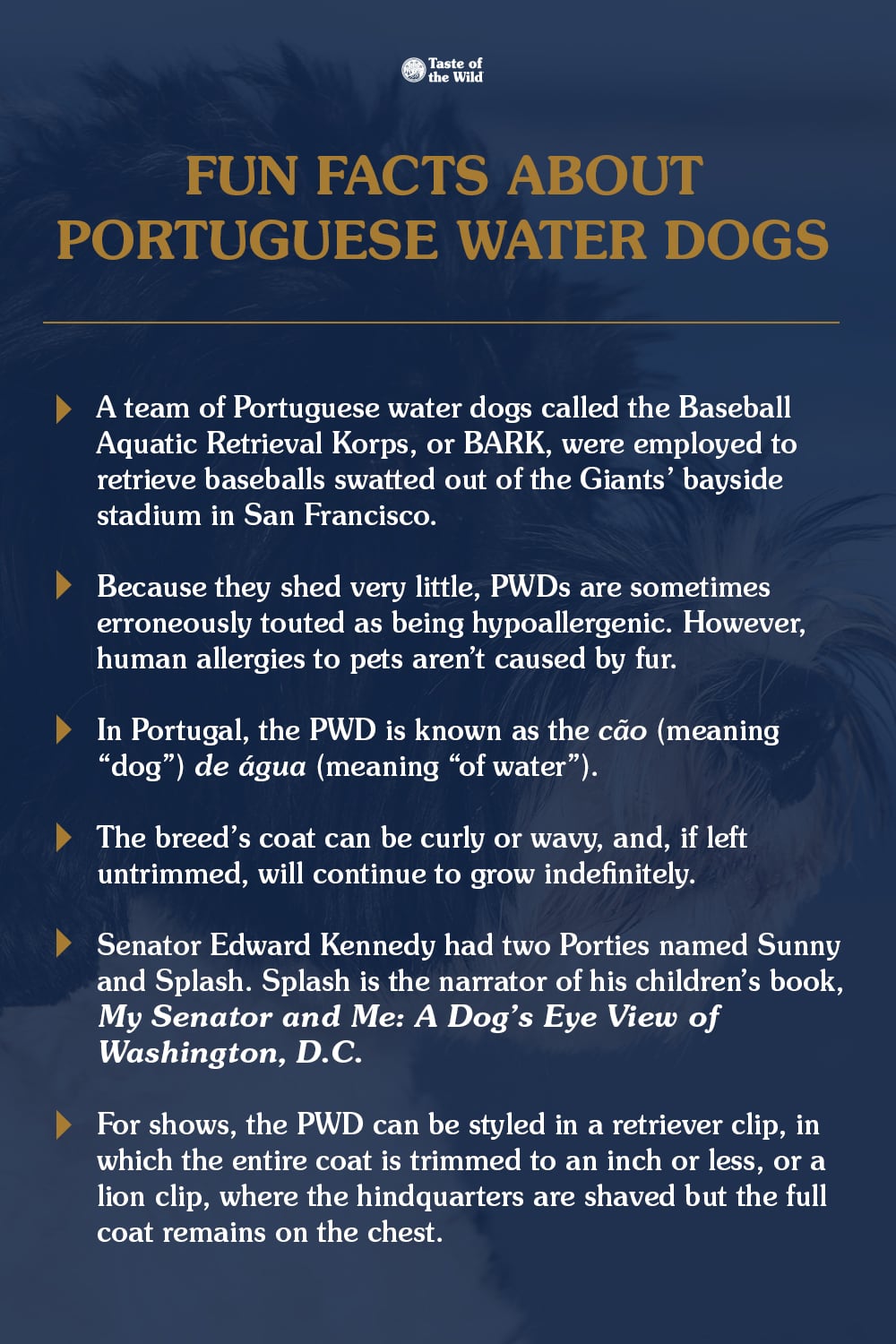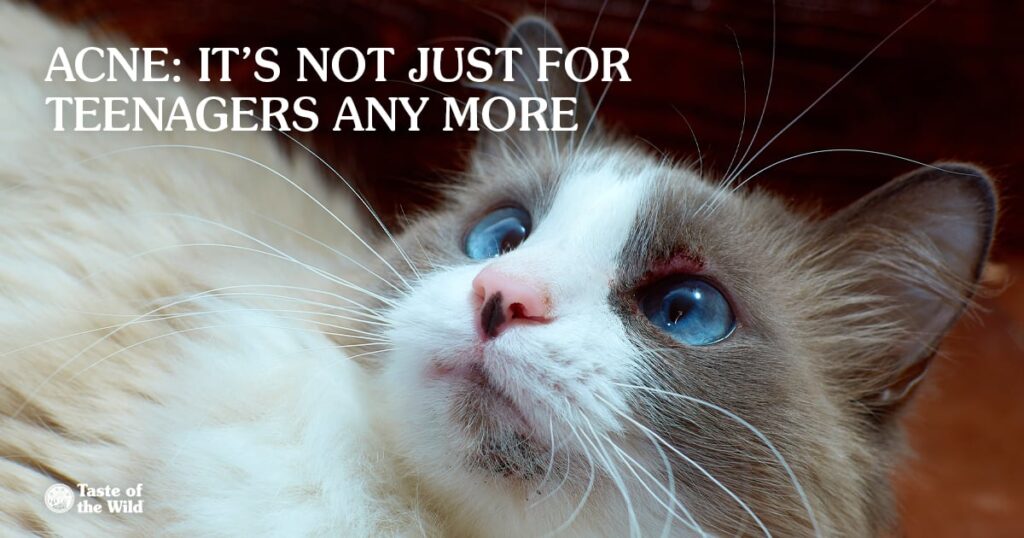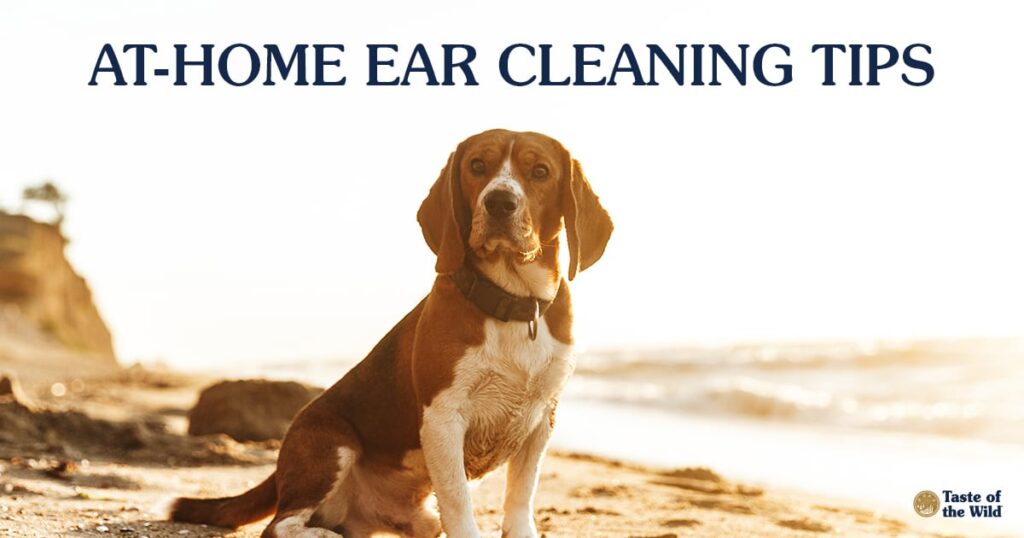
Many cats have a pendulous pouch that swings back and forth from the abdominal area when the cat walks across the room. But what is it exactly? Is it the saggy remnants of a previous pregnancy in female cats? The droopy remains of a fat paunch in previously overweight cats? The feline equivalent of a muffin top? And is it normal for a cat’s abdomen to have a pouch? We’ll answer those questions and more.
What Is a Cat’s Primordial Pouch?
In cats, this excess collection of fat, loose skin and fur is called a primordial pouch. The pouch typically runs the length of the cat’s belly and is usually more noticeable near the rear legs. Most of the primordial pouch is not attached to the abdominal wall, which allows it to flip-flop and stretch during movement.
These primordial pouches are normal and don’t just appear in an overweight cat, so rest assured, your kitty does not need a tummy tuck (in fact, veterinarians generally refuse to do this kind of cosmetic surgery). Spay and neuter surgeries generally aren’t behind the development of these primordial pouches, either.
Why Do Cats Have a Primordial Pouch?
The feline primordial pouch is a mystery. While experts agree that primordial pouches are normal, no one is sure, exactly, what purpose they serve. The most common theory is that a cat’s primordial pouch provides protection — extra padding to protect the cat’s body and internal organs from sharp teeth and claws during skirmishes with prey or other cats.
Others speculate that the excess skin of a primordial pouch provides flexibility, making it easier for cats to stretch and run when they need to put an escape plan into action. It’s possible the primordial pouch also provides a food storage purpose, allowing the stomach to expand when cats eat an especially large meal, or a place to store fat for future sustenance (although this makes more sense for cats in the wild who aren’t served a bowl of delicious food every day like house cats are).
Do All Cats Have a Primordial Pouch?
While the primordial pouch may be unnoticeable in some cats, it can be pronounced in others, including older cats and certain cat breeds, such as the Bengal, the Egyptian mau or the pixiebob. Primordial pouches can even be spotted in big cats like lions, tigers and other large wild cats!
When Do Cats Develop a Primordial Pouch?
Every kitten is born with a primordial pouch, but you won’t begin to see it until they start developing into adults at around 6 to 12 months of age. But as we mentioned, depending on their genetics, in some cats the primordial pouch may still be hard to see as an adult.
Why Is My Cat’s Primordial Pouch So Big?
If your cat has a large primordial pouch, it may be due to their breed or other genetic factors. The pouch size is not typically related to their weight or health status — skinny cats can have large primordial pouches and overweight cats can have small primordial pouches. If you have a senior cat, you may notice their primordial pouch has gotten bigger as they’ve aged. When skin ages, it loses its elasticity, which can make the pouch look saggier.
Excess Skin or an Overweight Cat?
All that loose skin in your cat’s belly flap can make it difficult to evaluate if your cat is getting pudgy. In general, when viewing your cat’s shape from above, a normal, healthy cat should have a perceptible waist. You should also be able to feel your cat’s ribs without a lot of effort. If you’re having trouble feeling your cat’s ribs or seeing their waist, they’re probably overweight. If you need more help determining if obesity might be the cause of your kitty’s belly pouch, your veterinarian can help.
So if your feline friend has a primordial pouch, don’t fret — it’s perfectly normal. We may not know why your cat’s primordial pouch exists, but it’s there for a reason and doesn’t need to be removed.
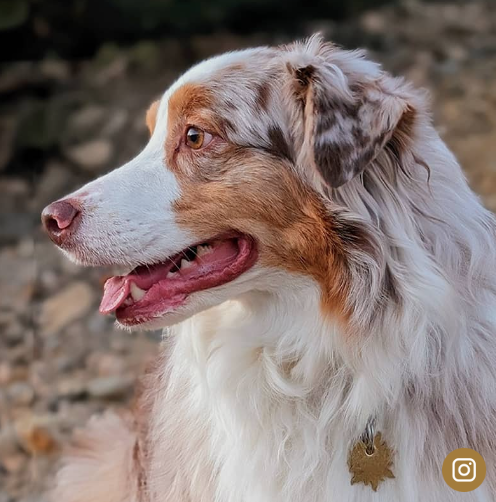
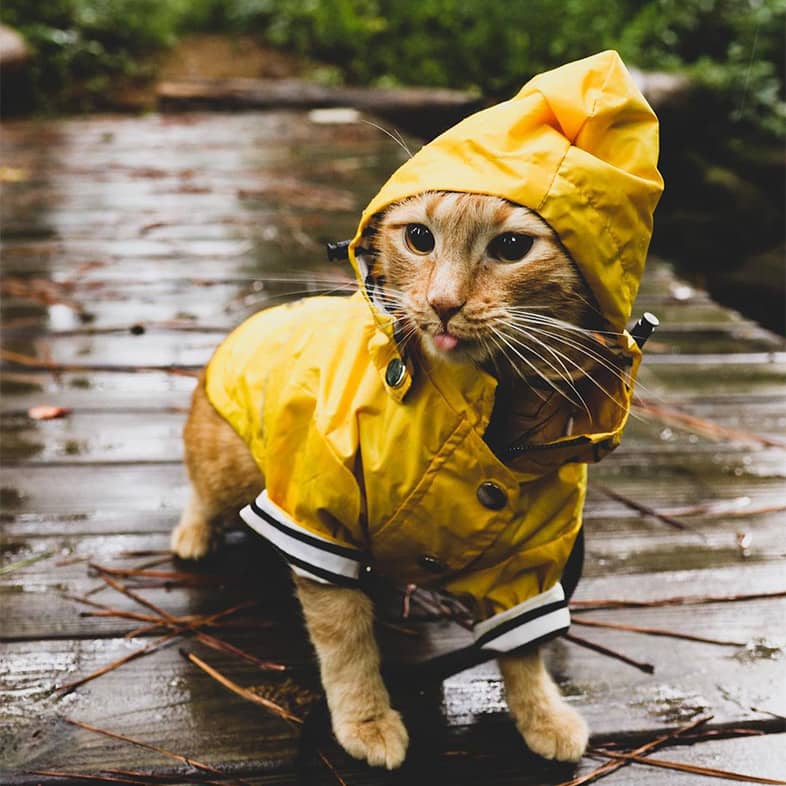
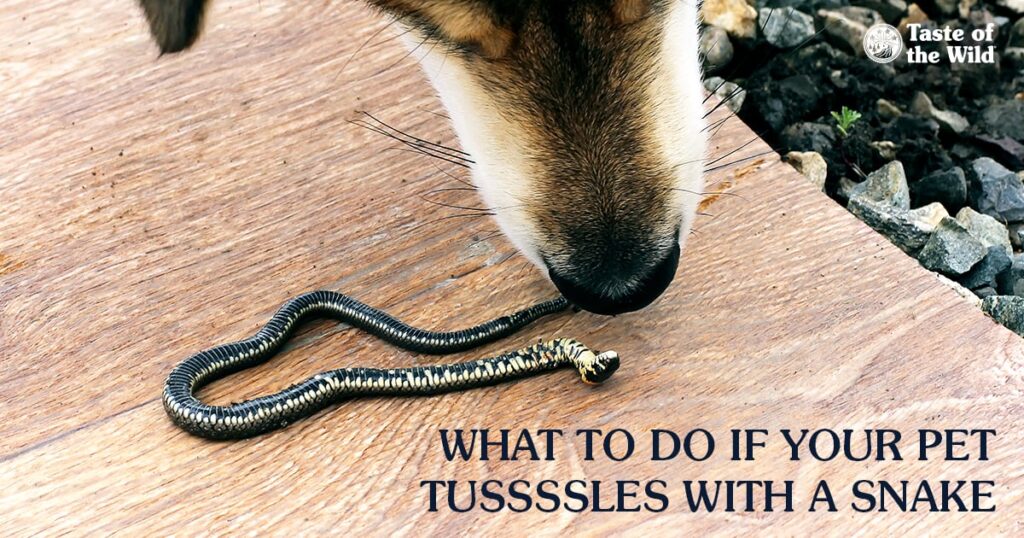

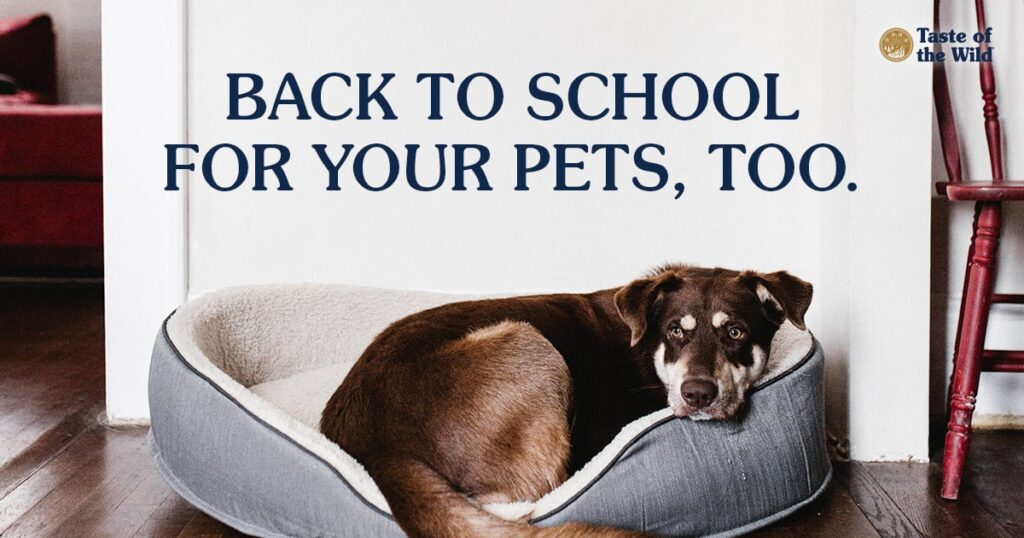

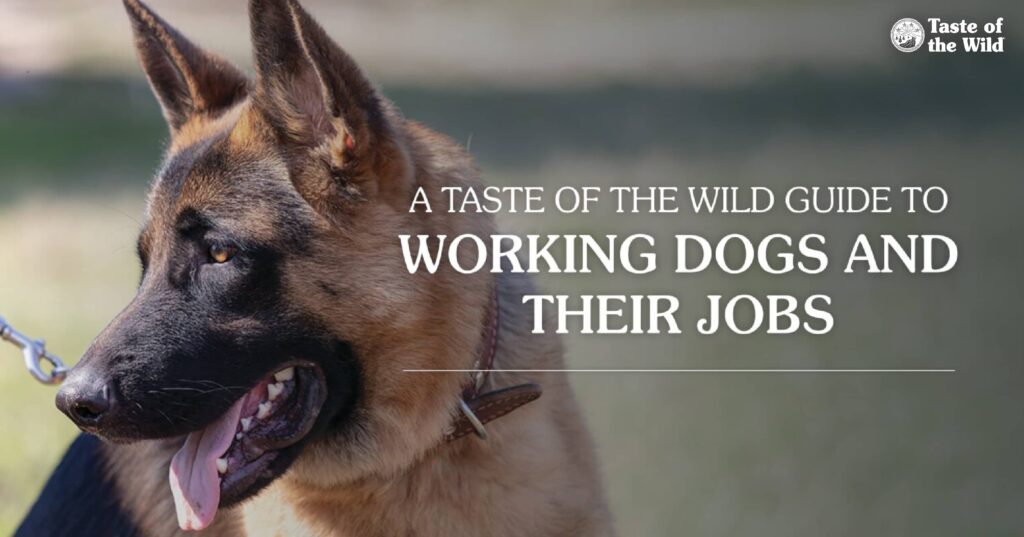

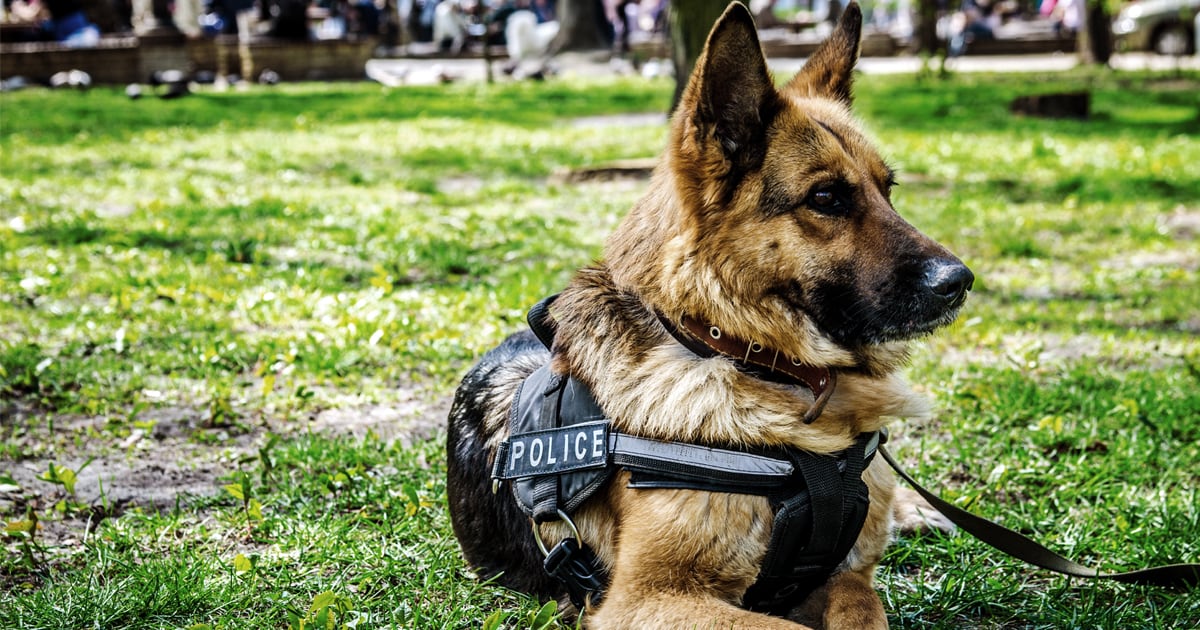
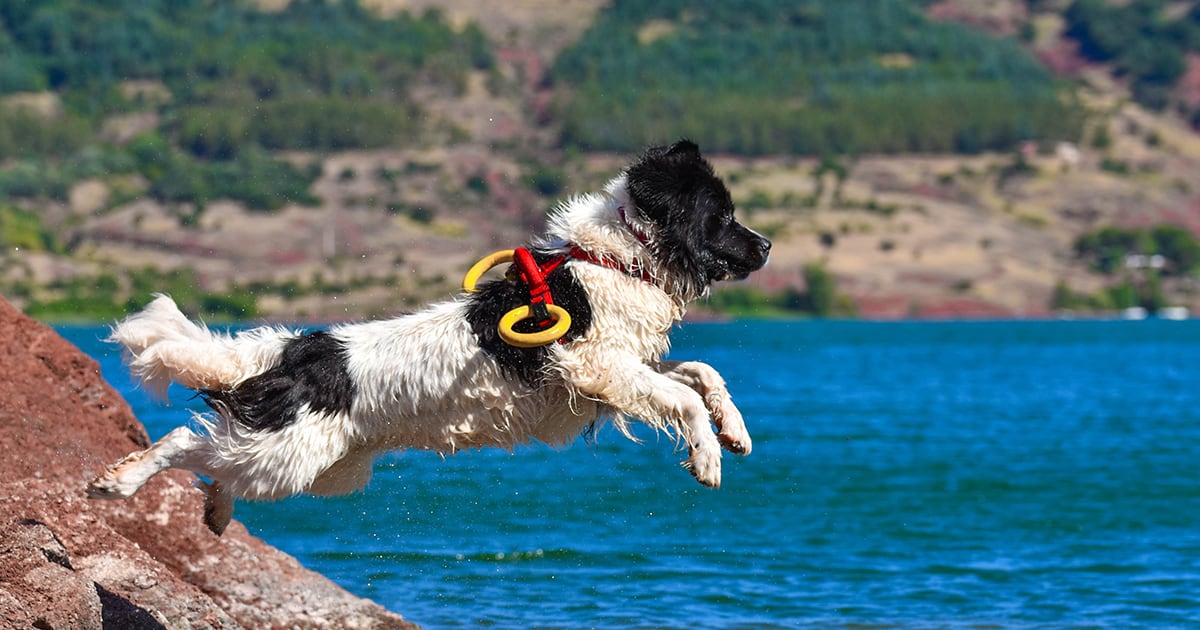
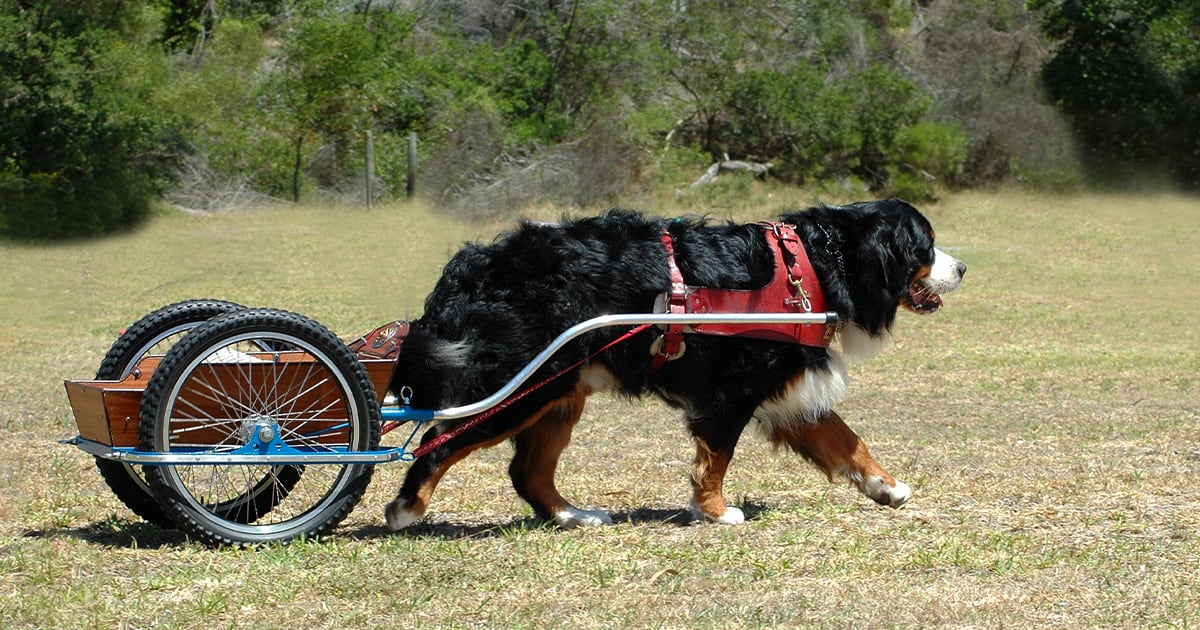

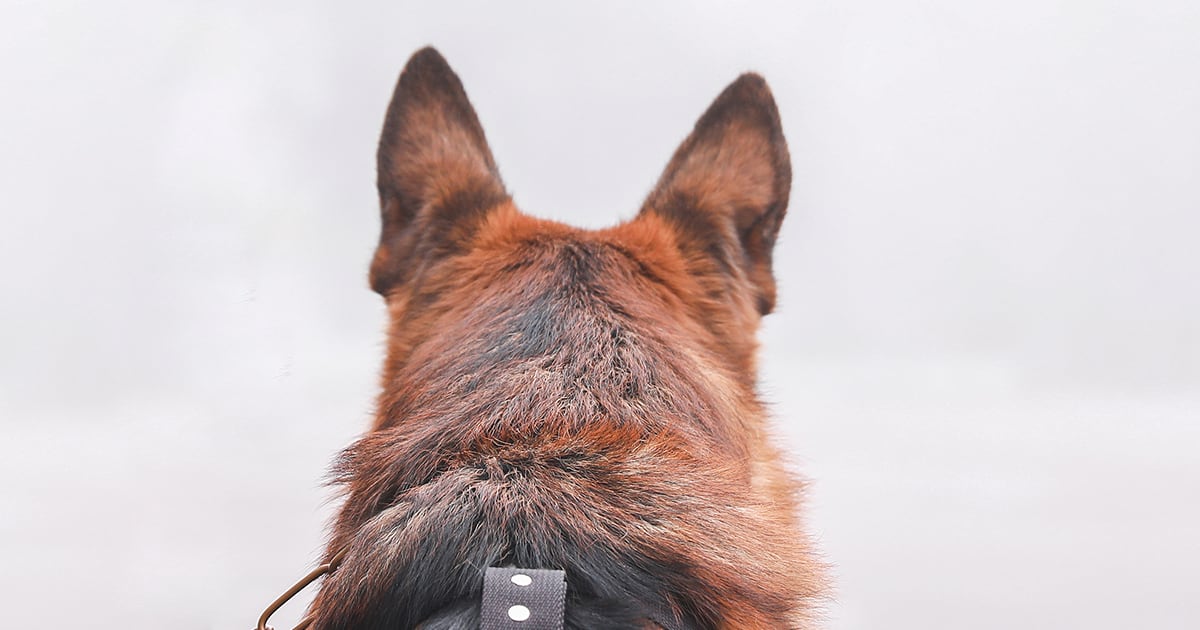 German shepherds are an all-purpose dog breed.
German shepherds are an all-purpose dog breed.